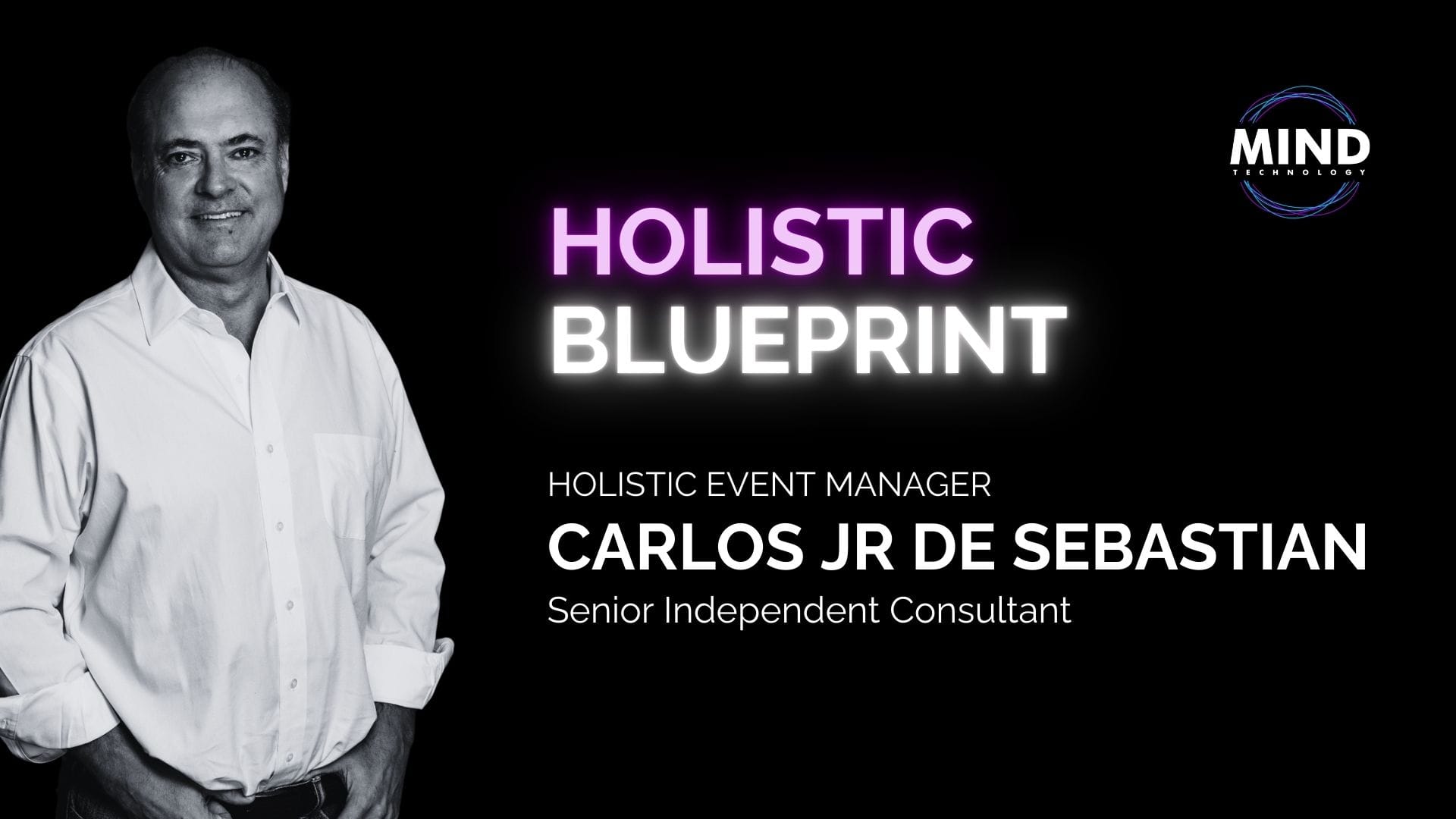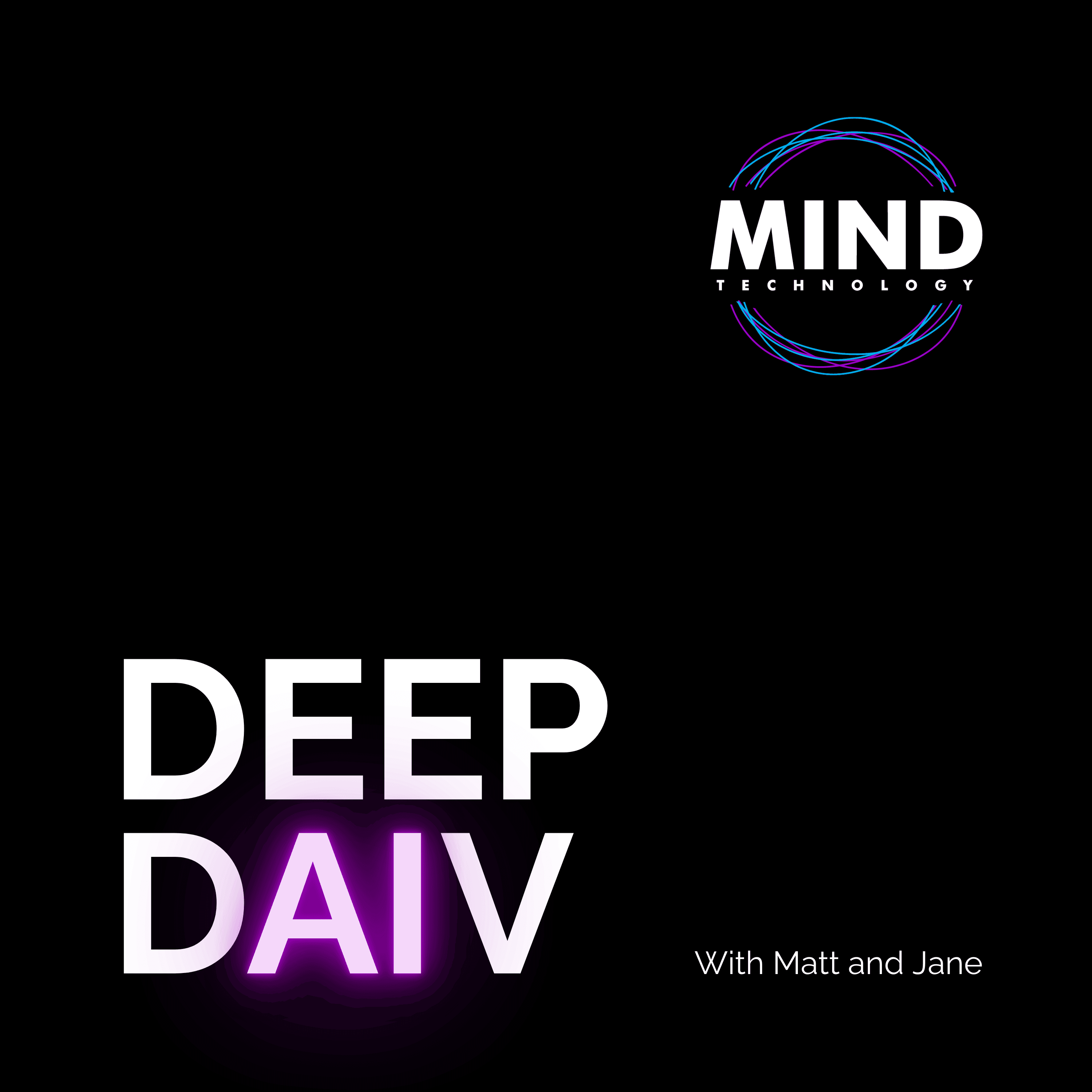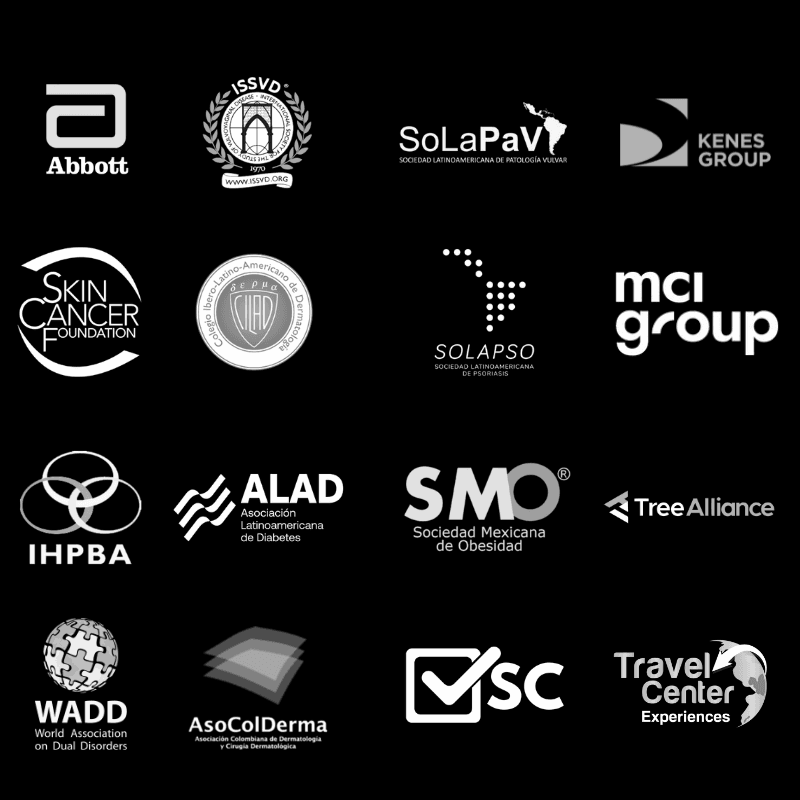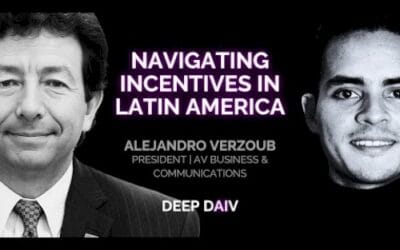In a rapidly evolving landscape, the role of event marketers goes beyond booking venues and coordinating schedules. Today’s event is a living ecosystem. Organizers must balance the needs of diverse stakeholders—from sponsors to speakers—while simultaneously delivering remarkable experiences that foster lasting connections. Below, we explore a holistic framework that addresses every stage in the life cycle of an event, based on the insights shared by seasoned planner Carlos DE SEBASTIAN
1. Events Are Living Entities
Think of an event not just as a one-time occurrence but as a constantly adapting organism. Two similar-sounding conferences can take completely different forms:
- Topic Variation: Even under the same umbrella (e.g., “healthcare,” “AI,” or “cybersecurity”), nuances in audience demographics, sponsor interests, and location can dramatically alter content and scope.
- Competitive Differentiation: To stand out, event organizers must identify what truly sets their event apart—unique programming, exclusive speakers, interactive experiences, or advanced networking technology.
Key Takeaway: Embrace the idea that your event competes in a dynamic ecosystem. Tailor every detail to your unique niche, even if it’s part of a larger thematic category.
2. A Holistic Approach: From Strategy to Execution
Holistic event planning integrates logistics, budgeting, venue selection, sponsorship, and marketing into a single cohesive plan. Successful planners typically focus on these areas:
- Market Research & Feasibility
Before pitching or launching a new event, conduct a thorough feasibility study. Assess the existing market to know whether your idea has the potential to succeed, identifying audience needs and potential sponsor interest. - Budget Realities
Budgets can differ greatly across regions. For example, in certain parts of Latin America, attendee budgets and sponsor contributions may be more limited than in major European or North American markets. Align your event scope to these economic realities to stay competitive and sustainable. - Strategic Partnerships
Collaborations with associations, universities, or corporate partners can give an event credibility, expand reach, and alleviate financial constraints.
Key Takeaway: Events do not exist in a vacuum. A strategic, end-to-end plan that accounts for local market conditions, potential partnerships, and robust research is fundamental for success.
3. The Undeniable Value of Memorable Experiences
Participants often recall experiences—everything from an exciting workshop to a uniquely themed networking dinner—more vividly than formal presentations. Focus on creating “wow” moments throughout:
- Sensory Engagement: Incorporate lighting, music, interactive technology, or creative décor to heighten the emotional and psychological impact.
- Personalization & Connection: Offer curated experiences (like small group sessions or niche workshops) to foster genuine engagement among attendees who share similar interests.
- Cultural Immersion: For international gatherings, weave local elements—cuisine, traditions, or entertainment—into the event to make it an authentic destination experience.
Key Takeaway: Attendee engagement is critical. A well-crafted experience can transform an event into an unforgettable milestone, driving word-of-mouth and loyalty.
4. Defining and Measuring Success
From the outset, establish clear Key Performance Indicators (KPIs) that tie directly to your stakeholders’ goals:
- Membership Growth: For associations, the number of new members gained or renewed may be a primary measure of success.
- Revenue & ROI: Sponsorship commitments, ticket sales, exhibitor revenue, and other income sources provide hard metrics for financial performance.
- Engagement Metrics: In-depth data from session attendance, post-event surveys, and social media engagement can guide the ongoing improvement of programming and marketing approaches.
- Educational Impact: Especially in medical and academic conferences, measuring learning outcomes—through certifications, tests, or audience feedback—can offer insight into event effectiveness.
Key Takeaway: Always match your metrics to your primary objectives. Without clear KPIs, measuring success is guesswork at best.
5. Sustainability and Long-Term Legacy
In an era of heightened environmental and social responsibility, sustainable practices extend beyond token gestures:
- Eco-Friendly Logistics: From digital ticketing and communication to waste management and eco-conscious catering, aim to minimize your environmental footprint.
- Community Involvement: Contribute to local communities by sourcing local vendors, offering volunteer programs, or hosting charity drives.
- Ongoing Legacy: Encourage knowledge-sharing partnerships that remain active long after the event ends—such as continuing education programs, local mentorship, or specialized workgroups.
Key Takeaway: Today’s participants, sponsors, and speakers expect tangible acts of social responsibility. Factor eco-friendly practices and long-term impact into every stage of planning.
6. Leveraging New Technologies
Advancements such as artificial intelligence (AI) and facial recognition have become increasingly prominent. While privacy concerns and regulations must be carefully navigated, these tools can:
- Optimize Registration & Entry
Streamline check-ins to create a smooth attendee experience. - Improve Content Delivery
Use AI analytics to identify session popularity and real-time attendee engagement, helping to refine future agendas. - Drive Interactive Formats
Enhance live polls, Q&A sessions, and networking with personalized recommendations and matchmaking algorithms.
Key Takeaway: Technology should uplift the human aspect of your event, offering deeper insights and seamless interactions rather than just flashy novelties.
Conclusion
Holistic event planning—where strategy, market research, experiential design, and data-driven evaluation converge—can radically elevate an event’s impact. By viewing each event as a living entity, marketers and organizers can adapt to shifting demands and truly stand out in a crowded marketplace. Whether you’re pioneering a brand-new concept or managing a flagship conference with thousands of attendees, remember that success hinges on research, creativity, strong partnerships, and memorable experiences.
When you integrate these elements harmoniously, you not only reach your organization’s goals but also enrich the communities you serve—delivering value that resonates long after the final session ends.
